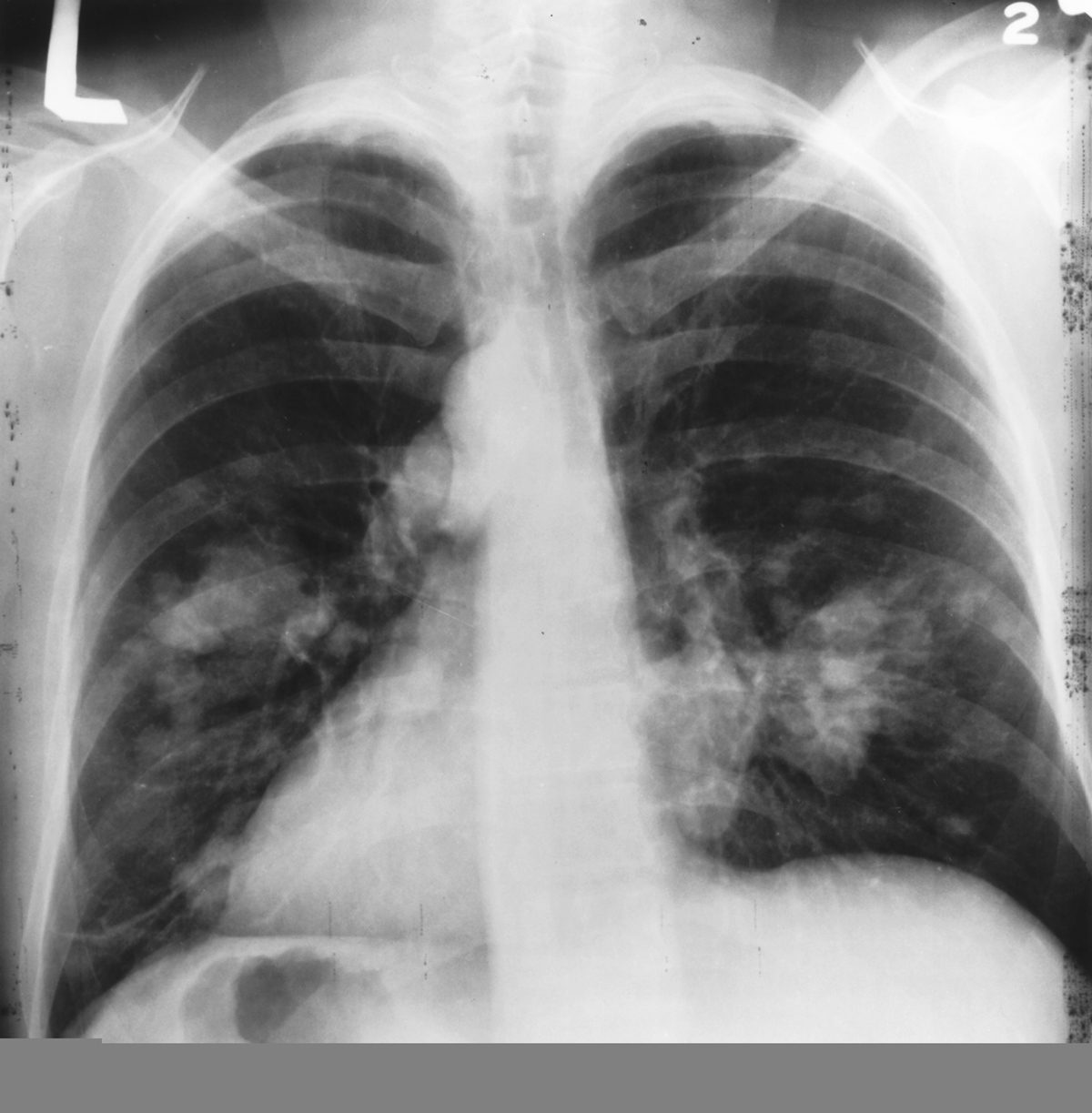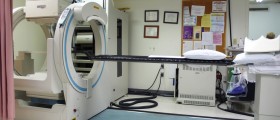
About Lung Cancer
After prostate and breast cancer, lung cancer is the third most common kind of metastatic cancer in humans. On average, the majority of individuals who are affected by lung cancer are over 40 years old and have been smoking for a prolonged period of time. One of the most prevalent symptoms of lung cancer is strong pain, although some individuals are also found with very high levels of calcium in the blood and those will urinate frequently, feel thirsty and experience abdominal pain. Many will feel pain in the bones and swelling of the joints. Other very common symptoms include constant coughing, difficulties in breathing, loss of weight and energy and coughing up blood. When lung cancer metastasizes it usually spreads to the bones, such as the spine, ribs, and so on.
In many cases individuals will try to ignore the pain or mask it with painkillers, but any kind of change in one’s health that is demonstrated through pain should always be checked out as early diagnosis provides the patients with the highest rate of survival. When it comes to diagnosing lung cancer, one of the first things a medical professional will do is send the patient for an x –ray. If the tumor is present, it has to be at least a centimeter in the diameter to be detected by the x –ray. Unfortunately, once the tumor has reached this size it is usually in one of its later stages when very little can be done to help the patient.
Consequently, lung cancer is often not detected on time. When it comes to surgical interventions, little can be done on the lungs, but there are cases in which patients will undergo bone operations to restore functionality, expand the mobility and ease the pain. In the case of prognosis, as lung cancer that metastasizes to the bones is one of the most hostile and destructive kinds of tumors, most individuals live on average for 6 months after the initial diagnosis. There have been instances in which patients were able to live longer with adequate kinds of therapy.
What is Metastatic Cancer?
After the initial beginning in one area, a metastatic cancer will spread to other organs and body parts via blood or the lymph system, which carry cancer cells anywhere. In the case of the lymph system, cancer cells are delivered in the lymph nodes, while the blood can take them to any organ in the body. In the process of commutation many cancer cells will cease to exist, but if enough survive and colonize in one area, they’ll start to thrive and multiply, resulting in a metastasis of the initial tumor. In order for metastasis to take place, the cancer cells have to separate from the original tumor, secure themselves onto the blood vessels or the lymph nodes and nest in a new area while resisting the effort from the immune system as well as a possible treatment to destroy them. If the cancer cells succeed there is a strong likelihood that they have mutated and are that much more difficult to fight. There are instances in which the metastasis has already taken place before the original cancer is even diagnosed, while in some cases the metastasized tumor is the one noticed first, long before the original site of the disease is located. Finally, if there are many different areas affected by cancer it is hard to aim the attention at the exact origin and the tumor is termed cancer of the unknown primary.
Cancer of Unknown Primary
The primary origin of cancer is the area after which the tumor is named, regardless of the fact whether the cancer has metastasized or not. For instance, even if the cancer has spread to the bones, if it originated in the lungs it is called lung cancer. As previously mention, if the tumor is not discovered on time and it has spread over many organs, it is hard to pinpoint the exact place of inception. In some instances after a battery of tests are administered it is possible to isolate the location where the cancer first appeared. In such cases the tumor is no longer called a cancer of the unknown primary, but it takes the name of its original place of residence. However, in most cases of cancers of the unknown primary, the initial location is seldom identified. On the other hand, cancer treatment is relatively universal so wherever it emerged it can still be treated using radiotherapy for larger cancer cells and chemotherapy for those that are smaller. About 10% of individuals who receive a lung cancer diagnosis are expected to be healed, or after 5 years since the onset of the disease they don’t have any type of cancer. Lastly, about 90% of all cancer deaths are caused by metastasizing of some type of tumor.

















Your thoughts on this
Loading...